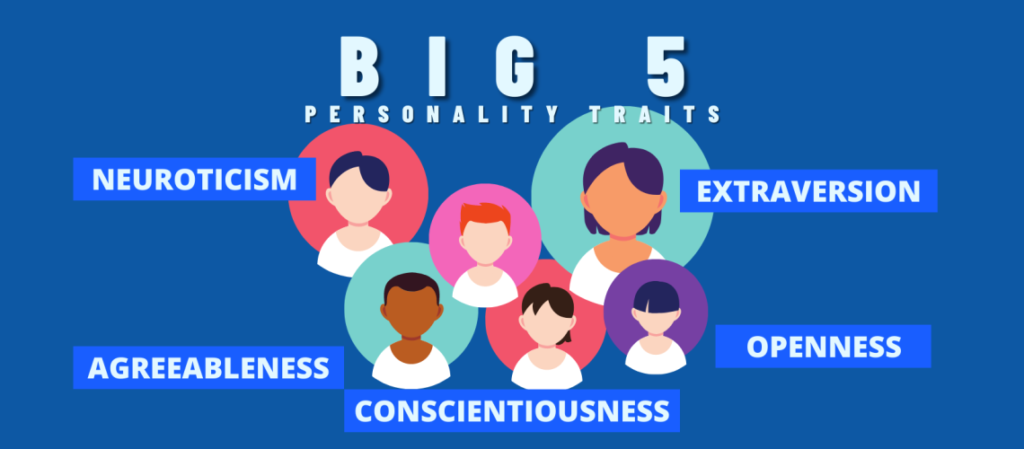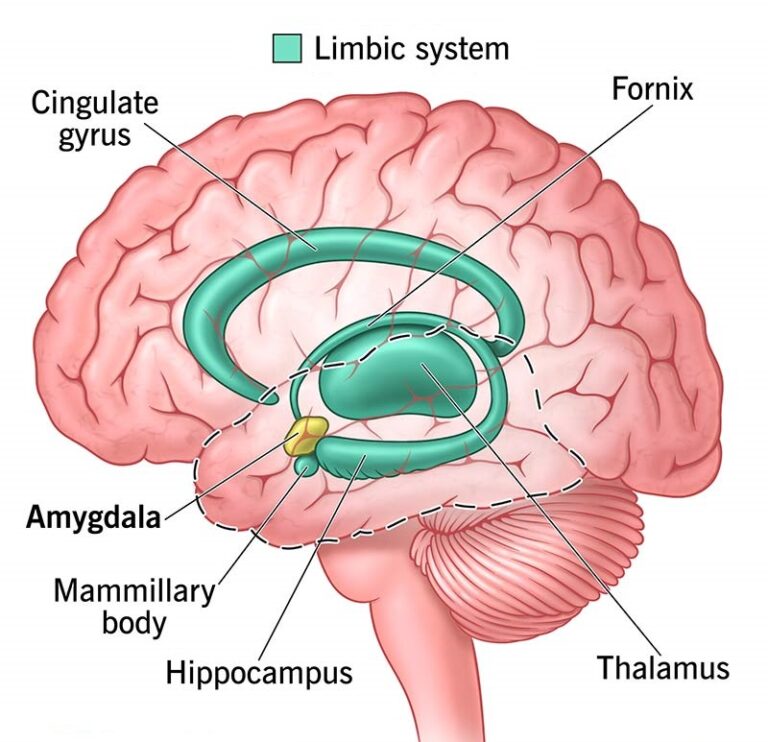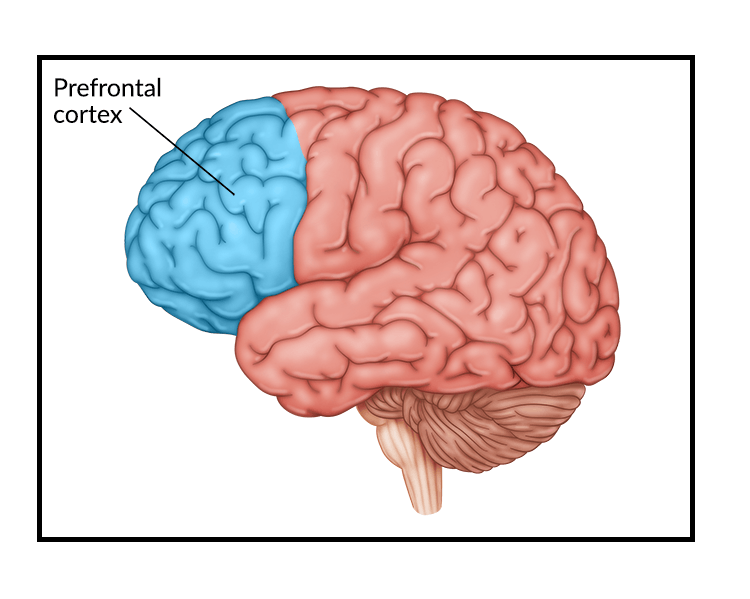
The Big Five Personality Traits Model is a widely recognized framework in psychology that categorizes human personality into five core dimensions. These traits influence behavior, thoughts, and emotions and are often used in research, workplace assessments, and personal development. Below is a detailed explanation of each trait and its relevance.
The Big Five Personality Traits
| Trait | Description | High Score Characteristics | Low Score Characteristics |
|---|---|---|---|
| Openness | Willingness to try new experiences and think creatively. | Curious, imaginative, open to change, enjoys art and culture. | Conventional, prefers routine, resists new ideas. |
| Conscientiousness | Level of organization, responsibility, and dependability. | Organized, disciplined, goal-oriented, reliable. | Impulsive, disorganized, unreliable. |
| Extraversion | Tendency to seek social interaction and stimulation. | Outgoing, energetic, assertive, enjoys being around people. | Reserved, introspective, prefers solitude. |
| Agreeableness | Capacity for compassion, cooperation, and trust in others. | Kind, empathetic, cooperative, trusting. | Competitive, critical, skeptical, confrontational. |
| Neuroticism | Tendency to experience negative emotions such as anxiety and depression. | Emotionally sensitive, prone to stress, anxious. | Emotionally stable, resilient, calm under pressure. |
Free Big Five Test
Practical Applications of the Big Five Model
1. Workplace:
- Helps in employee selection, team-building, and leadership assessments.
- Example: High conscientiousness is linked to better job performance, while high extraversion often aligns with leadership roles.
2. Personal Relationships:
- Understanding partner traits can improve communication and compatibility.
- Example: High agreeableness fosters harmonious relationships.
3. Education:
- Predicts academic success (e.g., high conscientiousness correlates with better grades).
4. Mental Health:
- High neuroticism may indicate susceptibility to anxiety or depression, guiding interventions.
Interesting Research Insights
1. Cultural Variations:
- Studies show that the prevalence of traits can vary by culture. For instance, collectivist cultures (e.g., India) often score higher on agreeableness, while individualist cultures (e.g., USA) score higher on extraversion.
2. Heritability and Environment:
- Genetic factors contribute significantly to traits like neuroticism and extraversion. However, environmental influences, such as upbringing and life experiences, also shape these traits.
3. Predicting Success:
- Research by Roberts et al. (2007) highlights that conscientiousness is a stronger predictor of success than intelligence in many areas.
Practical Implications
| Trait | Workplace Relevance | Relationship Impact | Mental Health Implications |
| Openness | Creativity and adaptability in problem-solving. | Encourages exploration and mutual growth. | Resilience to routine-induced stress. |
| Conscientiousness | Reliability and productivity in tasks. | Builds trust and dependability. | Protective against impulsive decision-making. |
| Extraversion | Leadership and team collaboration. | Fosters lively, engaging social interactions. | Risk of burnout from over-socialization. |
| Agreeableness | Conflict resolution and team harmony. | Enhances empathy and relationship satisfaction. | Over-accommodation may lead to stress. |
| Neuroticism | Stress management and adaptability. | Can cause tension in relationships. | Indicates susceptibility to anxiety disorders. |
Final Words
The Big Five Personality Traits offer a nuanced understanding of human behavior and its applications in various domains of life. By using tools like self-assessments and applying insights from this model, individuals and organizations can foster growth, improve relationships, and optimize outcomes.
Take a free personality test here:
https://scientificpsychology.in/big-five-personality-test/
References
- Roberts, B. W., Walton, K. E., & Viechtbauer, W. (2007). Patterns of mean-level change in personality traits across the life course: A meta-analysis of longitudinal studies. Psychological Bulletin, 133(1), 1–25. https://doi.org/10.1037/0033-2909.133.1.1
- McCrae, R. R., & Costa, P. T. (1997). Personality trait structure as a human universal. American Psychologist, 52(5), 509–516. https://doi.org/10.1037/0003-066X.52.5.509
- Hofstede, G. (1980). Culture’s Consequences: International Differences in Work-Related Values. Sage Publications.
- DeYoung, C. G., & Gray, J. R. (2009). Personality neuroscience: Explaining individual differences in affect, behavior, and cognition. The Cambridge Handbook of Personality Psychology, 323-346.
- Goldberg, L. R. (1993). The structure of phenotypic personality traits. American Psychologist, 48(1), 26–34. https://doi.org/10.1037/0003-066X.48.1.26







